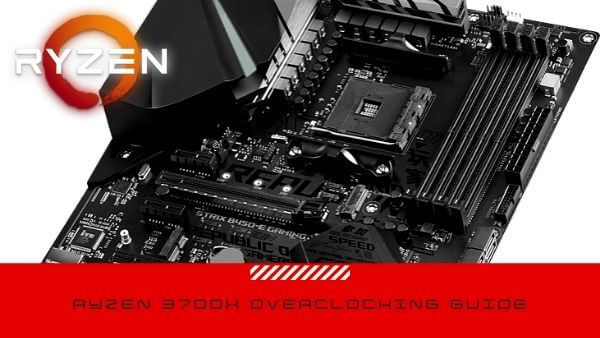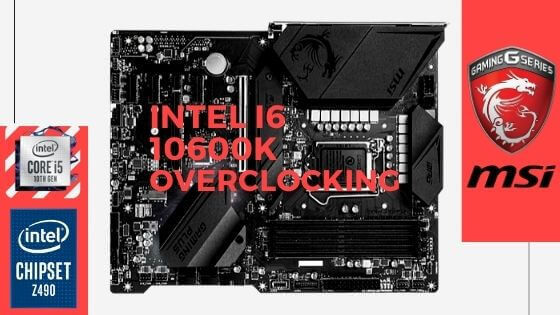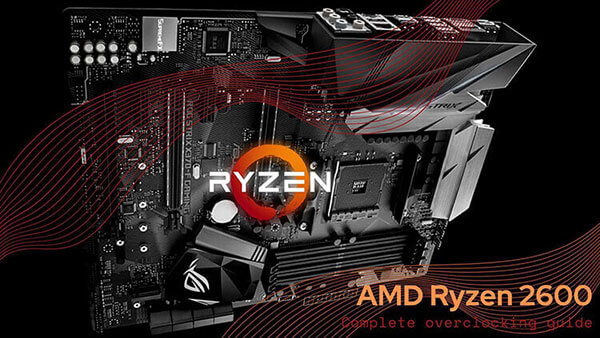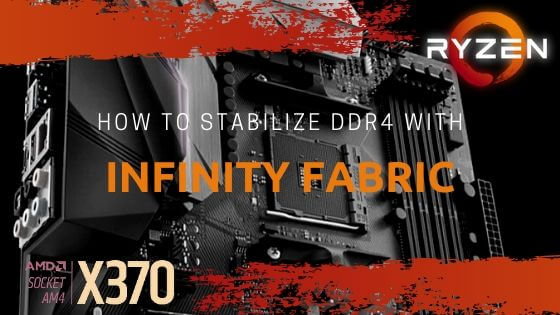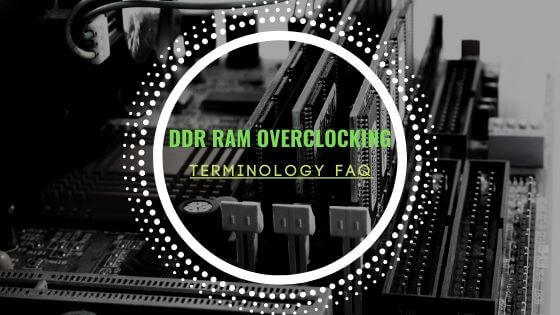
- Tech, OC'ing, SEO and more
- Hits: 261160
Article Index
Voltages.
There are up to 3 voltages important for overclocking DDR4. For Intel System Agent, VCCIO and, DRAM voltages. And AMD SoC and DRAM voltages. These voltages help to stabilize the uncore domain of the CPU that ties into RAM as well as the RAM itself. The difference between Intel VCCIO and VCCSA and AMD SoC is that VCCIO requires an increase in voltage when increasing memory frequency in Mhz. And VCCSA requires a voltage increase when tightening timings.
| DRAM | - | Daily Driver | - | Extreme |
| Voltage | 1.20v ~ 1.45v | 1.45v ~ 1.60v |
Voltages exceeding 1.45v is only recommended for Samsung B-die for daily use up to 1.5v. To consider is that DDR4 kits with a rated 1.5v also have PCB's that can run that voltage as a daily driver. Extreme voltages for daily use is only wise if you can water cool your DDR4 kit.
| VCCSA | - | Daily Driver | - | Extreme |
| Voltage | 1.10v ~ 1.25v | 1.25v ~ 1.35v |
VCCSA also is known as System Agent voltage is for the IMC and PCIe domain. Going higher than 1.25v can damage the IMC and motherboard traces and is only recommended with high-end motherboards and short benchmarking and record attempts. System Agent voltages are commonly tied to tighter timings but lower speeds in Mhz. Using more System Agent voltage than needed for a overclock can cause instability.
| VCCIO | - | Daily Driver | - | Extreme |
| Voltage | 1.10v ~ 1.25v | 1.25v ~ 1.35v |
VCCIO is voltage for the IMC and using more than 1.25v VCCIO can damage your IMC and motherboard traces and is only recommended for high-end motherboards, and short benchmarking and record attempts. More VCCIO is needed for higher speeds in Mhz. Using more VCCIO than needed for a overclock can cause instability.
| SoC | - | Daily Driver | - | Extreme |
| Voltage | 1.00v ~ 1.20v | 1.20v ~ 1.25v |
SoC voltages help to reach higher FCLK(Infinity Fabric), MCLK(Memory Frequency) frequencies, and tighter timings. Extreme voltages are not recommended and are commonly used for HWbot extreme overclocking scores. And will require a beefy cooling solution if not exotic cooling.
To put these numbers into perspective here are some number from overclocking a range of DDR4 kits. Covering both AMD and Intel with their respective timings, frequency, voltages, and capacity.
| Frequency | - | Capacity | - | Timings | - | SA | - | IO | - | SOC | - | DRAM | - | Kit Number | - | CPU/Chipset |
| 4000 Mhz | 16 GB | 14-14-14-30 | 1.360v | 1.230v | ~ | 1.480v | F4-3600C15D-16GTZ | 10600K/Z490 | ||||||||
| 4000 Mhz | 32 GB | 17-17-17-34 | 1.216v | 1.216v | ~ | 1.450v | CMT32GX4MC3466C16 | 8086K/Z390 | ||||||||
| 3200 Mhz | 16GB | 12-12-12-28 | ~ | ~ | 1.231v | 1.500v | F4-3200C14D-16GTRS | 2600/X370 |


